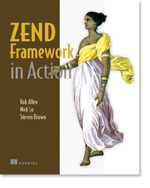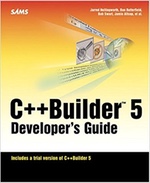Serverless PHP on AWS Lamda
Like, Simon Wardley, I think that serverless computing is an interesting space because the billing is granular (pay only when your code executes) and you don't need to worry about maintaining and provisioning servers or containers. So much so, that I maintain the Open Source PHP Runtime for Apache OpenWhisk which is available commercially as IBM Cloud Functions There are other serverless providers, and AWS Lambda is the market leader, but until recently PHP support… continue reading.


